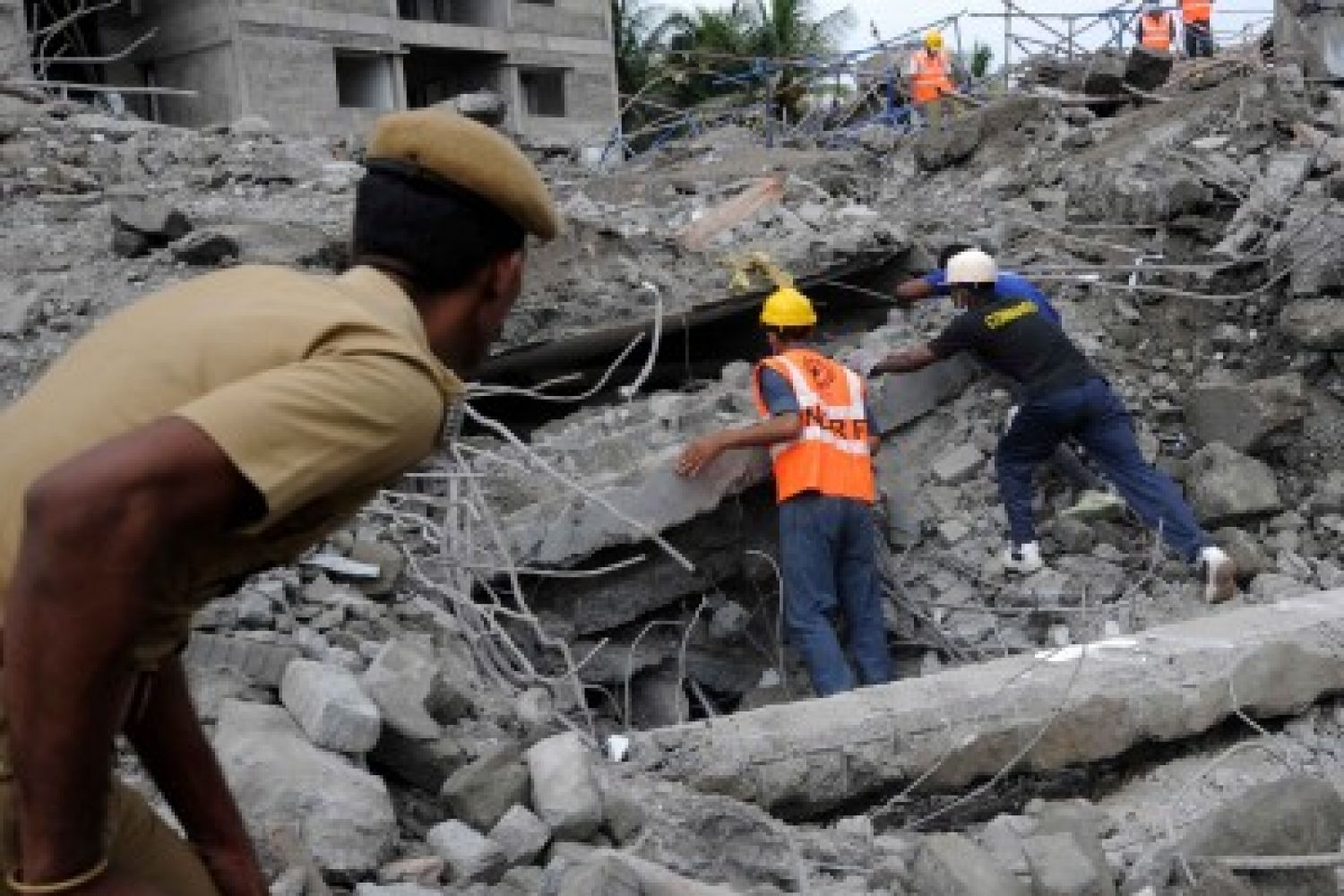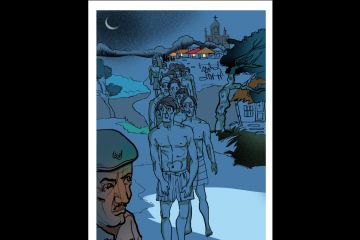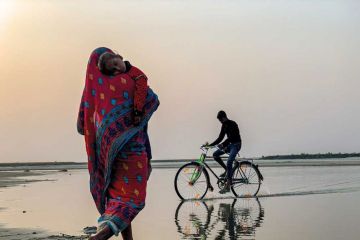
June 28, 2014. 4.30
p.m.
Raja’s face is beaded with sweat, his thin
white vest soaked as he sands a plank of wood. He’s using a sheet of sandpaper
wrapped around a chunk of wood—the poor man’s tool—and his movements are
methodical and mechanical. He’s been doing this for over 20 years and can do it
in his sleep.
There are three other workers around him,
all in their late 30s, like Raja. Someone is drilling; he can hear the noise
cutting through the thick, humid air of Che





